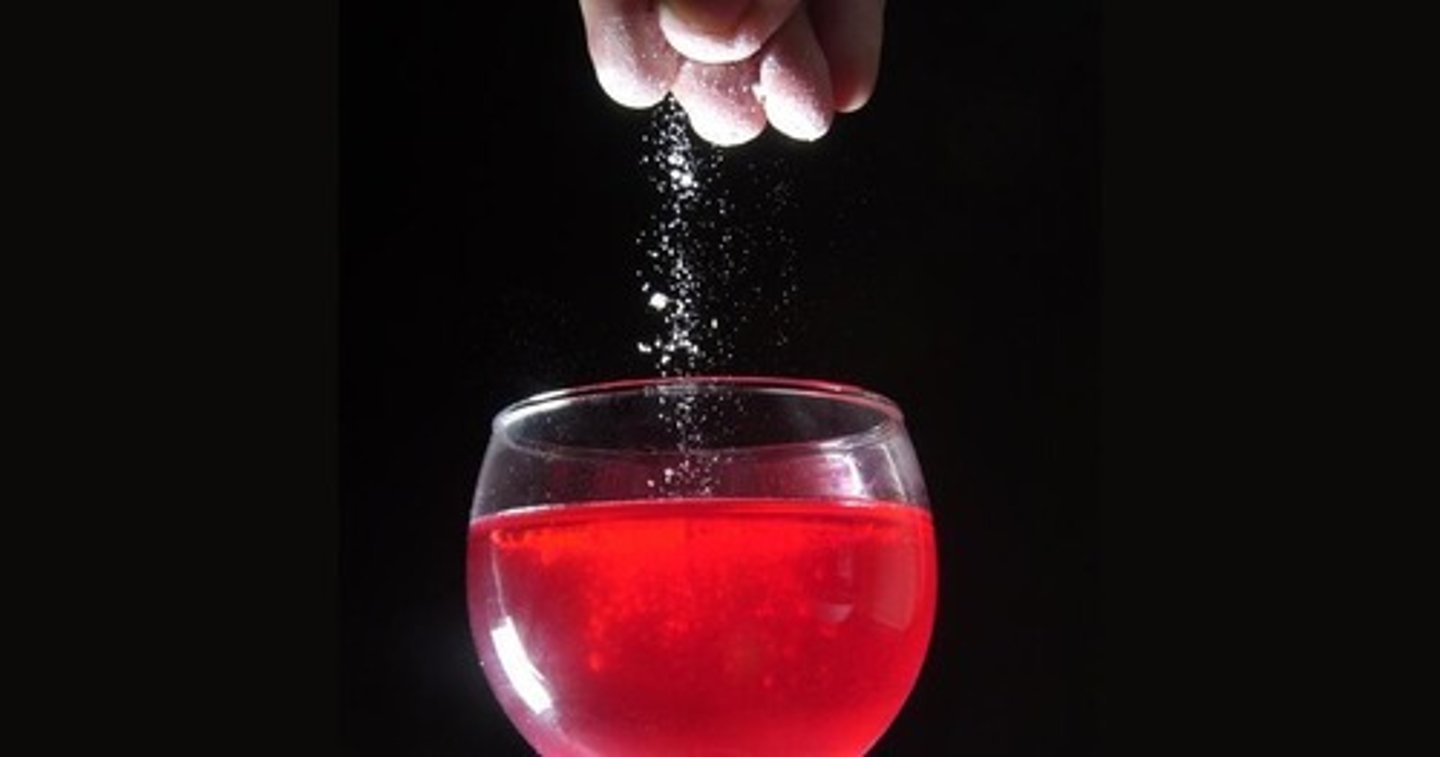Forensic Toxicology in Drug-Facilitated Sexual Assault
1/20
There's no tags or description
Looks like no tags are added yet.
Name | Mastery | Learn | Test | Matching | Spaced |
|---|
No study sessions yet.
21 Terms
DFSA
Drug-Facilitated Sexual Assault - Use of a chemical agent to procure sexual contact.
Sexual Assault
Forced, coerced or pressured sexual contact.
Acquaintance Rape
Nonconsensual sexual contact with someone who is known to you.
Date Rape
Nonconsensual sex takes place between two people in a relationship.
Involuntary Injestion
Consumption of food/drink that has been involuntarily 'spiked' with a drug.
Voluntary/Involuntary Ingestion
Willingly consumed untainted food/drink, followed by consumption of food/drink that has been 'spiked' with a drug.
Freely Consumed Voluntary Ingestion
Freely, and without coercion, consumed food/drink/drugs with known incapacitating effects. No substance surreptitiously administered to the victim
Common Elements of DFSA
Non-threatening environment
Consumption of tainted food/drink
'curtain comes down' on the victims awareness
loss of consciousness and memory
Moved to another location
Unsure if sexually assaulted or identify signs they have been
Signs of DFSA
Recalls having drink, cannot recall what happened after
Suspects someone had sex with them
Feels more intoxicated than their usual response to the same quantity of alcohol
Wakes up feeling hungover, cannot remember a period of time
Symptoms of DFSA
Confusion, Dizziness, Drowsiness, Memory loss, Slurred speech, unusual behaviour, impaired judgement, reduced inhibitions, physical incapacitation, out of body experience, paralysis.
Response to DFSA
Victim never blames - regardless of alcohol or drug abuse
Consenting to drink is not consenting to sex
Unintended consequences - criminal charges (underage drinking, consensual illegal drug use)
Challenges Surrounding the Investigation
Lack of clarity from victim - no clear narrative
Drugs used - different detection windows
Reporting the crime - drugs left system, evidence less reliable
Collection of evidence - poor handling
Laboratory methodologies - sensitivity levels, no national standards for testing
Lack of experience, lack of recognition - misclassified as sexual assault or voluntary intoxication - missed opportunities
Drugs Reportedly Used to Commit DFA
Ethanol - most common
Rapidly acting CNS depressants
Ohters: GHB, Benzodiazepines, Ketamine, Opiates, Flunitrazepam, Antihistamines, Clonazepam, Hallucinogens, Lorazepam, Antidepressants, Alprazolam, Chloral Hydrate, Triazolam, Muscle Relaxants, Chlordiazepoxide, Clonidine, Diazepam, Yohimbine, Temazepam, Zolpidem, Barbiturates.
Ethanol Detection Windows
Blood 8-10 hours, Urine 24 hours
Benzodiazepines and their detection window
Tablets, some change colour when dissolved
Diazepam, flunitrazepam, valium etc
Blood 48hrs, Urine 48-72hrs
GHB and detection windows
Colourless liquid or white powder, bitter. Detectable: Up to <8h in blood, 10-12 hrs in urine, effects: 15 minutes, relaxation, euphoria, reduced inhibitions for 3-4hrs

GBL and detection windows
Tablets, bitter tasting and strong. Effects from 30-40 minutes
Detection: Blood 24hrs urine 6 hrs
Ketamine and detection windows
White powder or clear liquid, Blood: 4-10, Urine 12-24
Laboratory techniques
Urine: UV-Vis, GC-FID, GC-MS
If volatile - headspace or SPME
Blood: UV-Vis, GC-FID, GC-MS
Hair: GC-MS, LC-MS
If ethanol not detected - detect metabolites by LCMS
Interpreting Results
Blood: Positive Result = Good indicator of recent exposure, Negative Result = No exposure or collected too late.
Urine: Positive = Good indicator of exposure within the last few days
Negative= No exposure or collected too late
Fate of Drugs in the Body
Includes distribution, absorption, excretion, and biotransformation (metabolism). - becomes harder to find - harder to be accurate